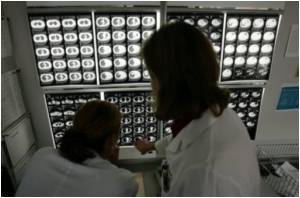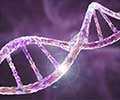Yale School of Medicine scientists have unraveled the secrets of disease-causing genes that show a high frequency of self-repair.

"Usually, you have a disease-causing mutation, and you are stuck with it," said Keith Choate, assistant professor of dermatology and first author of the paper. "But we demonstrate that in this disease, there is an unusually high frequency of the appearance of mutation-free clones of cells." The reason these particular mutations revert to normal so frequently is not clear, note the scientists. However, in all affected patients the normal tail end of the keratin 10 protein is replaced by a protein sequence enriched for one amino acid, arginine. This causes the mutant keratin 10 to end up in the wrong part of the cell. "We believe the mis-localization of keratin 10 contributes both to the severity of the disease and the appearance of the clones of normal skin," said Richard Lifton, senior author of the paper and Sterling Professor and chair of the department of genetics.
The researchers say that knowing that these particular mutations can revert with high frequency gives them hope that they might find a way to mimic this process to develop treatments for other genetic diseases.
"Perhaps rather than directly correcting disease-causing mutations we might be able to recombine them away, similar to what happens in this disease," said Leonard Milstone, emeritus professor of dermatology and member of the research team.
Source-Eurekalert










